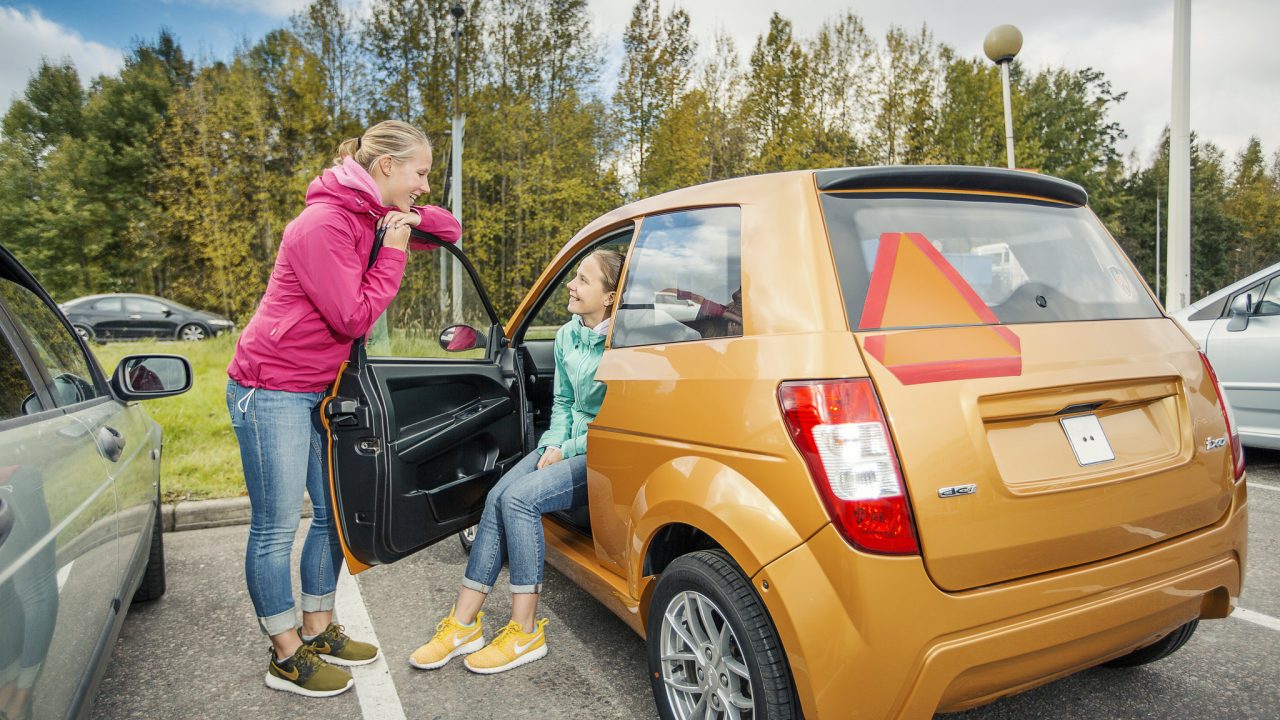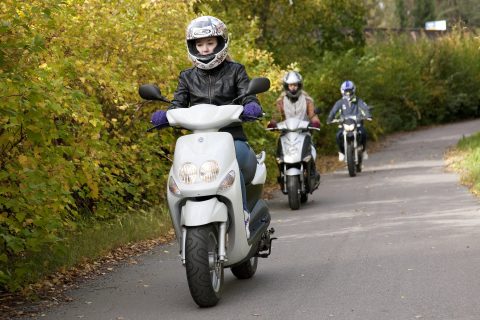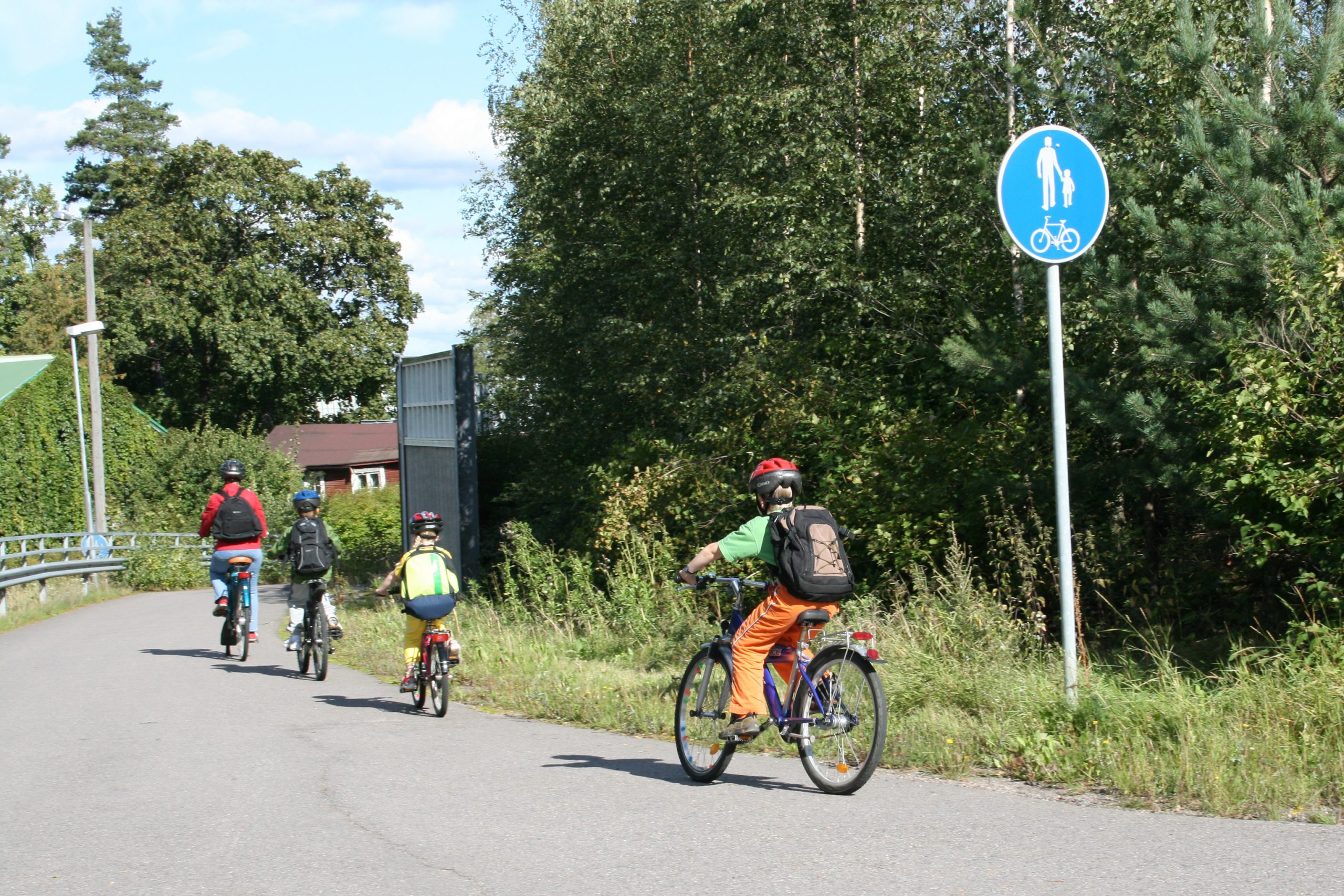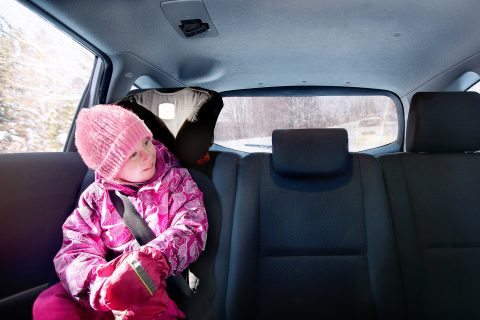
Young drivers
Young people have access to a range of vehicles. The high level of risk associated with young drivers is due to a combination of youth and inexperience. The most common hazards for young drivers are alcohol and other intoxicants, high driving speeds and failure to use seat belts.
Young people aged 15–24 are overrepresented in traffic accidents. They account for only about 11 per cent of the population, but almost one out of three people injured in road accidents are young people. Often the accidents happen when driving for leisure.
The speed of other road users is often the cause for problems and injuries in traffic for children. For young drivers the source of the problems is often in one’s own speed. There are inherent risks related to mopeds, quadricycles (microcars), light-classification motorcycles and other motor vehicles.
Young adults (aged 18–24) have relatively good capabilities – physical, psychological and social – to safely navigate traffic. Young adults can take advantage of all modes of transport, but the possibility of driving independently is the most visible and significant change in this age group. Rebellion is an inherent part of growing up and continues in young adulthood, and young men in particular can be impulsive and prone to taking risks.
The risk of accidents for young drivers decreases as they get older and gain more driving experience. Inexperienced drivers are not necessarily able to spot problems that can cause a danger. According to insurance statistics, relative to the number of driving licence holders, the number of accidents during the first year of driving is three times as high as among those who have driven for three years.
In addition to driving experience, a lack of general life experience also increases the risk for young people.
Young people’s attitudes to road safety
According to research conducted by the Finnish Road Safety Council, young people see legislation relating to traffic safety as very important.
Factors identified as greatest risks by young people
- driving under the influence
- speeding and
- showing off.
Not using seat belts and being encouraged by friends are considered the lowest risks.
Although young people strongly disapprove of driving under the influence, 13 % of young people still believe that they would be able to drive well while intoxicated.
Young men have the highest risk
As drivers, young men have the highest risk of dying in an accident. The majority of young people are not risky drivers, and they endeavour to drive safely and avoid taking unnecessary risks. According to various studies, 10–17% of all young people are estimated to be at-risk drivers.
Young male drivers in particular are prone to risk behaviours such as driving at high speeds, driving too close to other road users, disregarding traffic rules, driving under the influence and failing to use seat belts.
The risk of an accident involving a young driver often increases when the car is full of passengers of similar age. Peer pressure can encourage bad driving and result in young drivers showing off to their passengers and taking more risks.
Risk-takers believe that they are better than other drivers, and they are also more likely to drive under the influence than other young people. Young men are at much higher risk of dying while driving, compared to young women.
Traffic accidents involving young people
Young people aged 15–24 account for nearly one fifth of road accident fatalities and almost one third of those injured in road accidents. Compared to the general population, the risk of death for young drivers is double. Young people who die in road accidents are usually drivers or passengers in cars.
One out of five killed and one third of those injured in DUI accidents are young people.
Serious road accidents involving young people typically involve
- driving fast or over the speed limit
- driving off the road
- not using seat belts
- driving under the influence
- a young male as the driver
- driving during summer weekends.
The risk of dying in a road accident for 15–17-year-olds is higher in Finland compared to other Nordic countries. Young males’ accidents in this age group typically involve mopeds. Young females in this age group who end up in accidents are most commonly car passengers.
The most common hazards for young adults are alcohol and other intoxicants, high driving speeds and failure to use seat belts.





